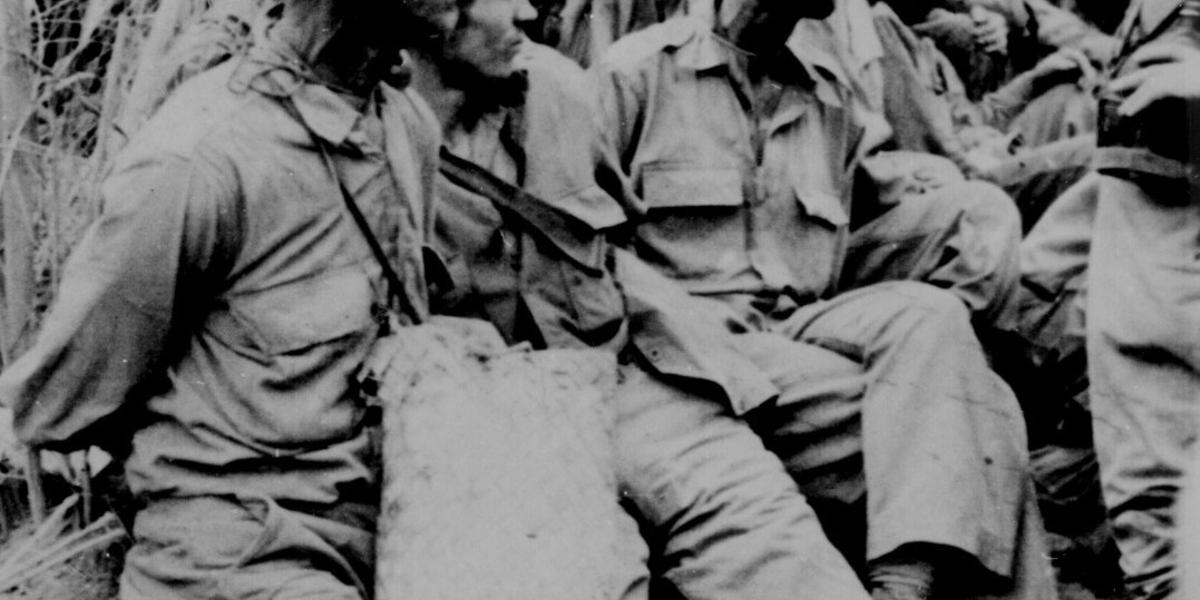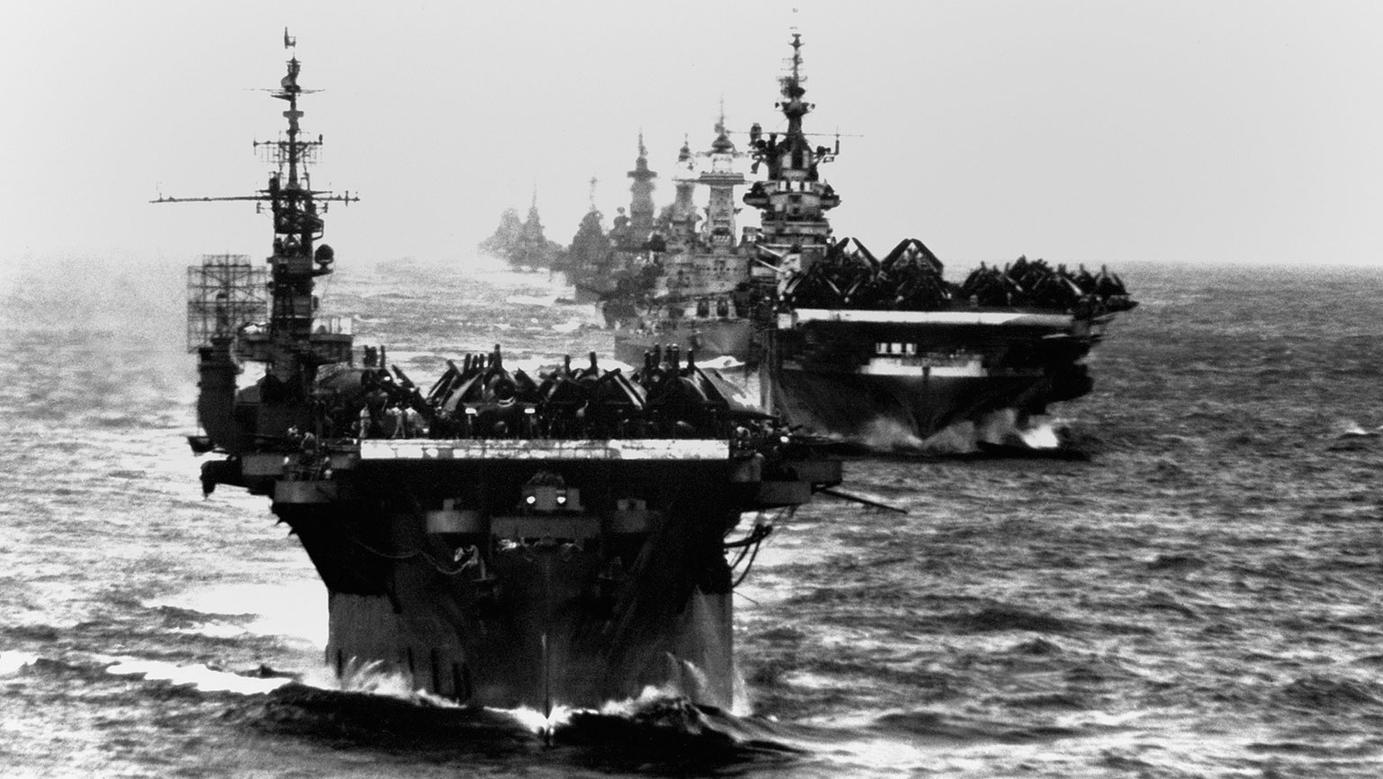
1 minute read
BattleofLeyteand LiberationofthePhilippines
from history magazine
In the height of World War II, the state of Philippines became a witness to constitutional change, invasions, infrastructure damage, and economic regression though it is not limited to the arising tensions that have been caused by the nations involved (The National WWII Museum, New Orleans, 2021) The Philippines figured prominently in one of the greatest naval warfare in history, which took place during World War II in the bodies of water of Leyte, Philippines, from October 23 to October 26, 1944, between the armies of the United States and the Imperial Japanese Navy. The war on the sea began as a response to the Allied Invasion to reclaim the Philippine Islands which resulted in the empire of Japan sending a Navy to the islands though, the war greatly progressed and heightened tensions for the American troops to move more aggressively in terms of invading the Philippines (Britannica, 2022). The operations of the invasion had three objectives in their strategic yet aggressive plan of attack which was created by the chief of Naval Operations (Masuda, 2012). The operations centered on severing Japan's supply lines and relations with the Malay Archipelago, including the Philippines; in the interpretation of the American Navy team, it could be viewed as an economic attack because it would greatly aggravate shipping necessary materials such as scrap, steel, food, and, more importantly, natural resources such as oil(Ellingson, 2008). As a result, the American naval team intended to undermine Japan's supply, and economic growth, and the intended objective created by America emphasized on producing difficulties such as massive scarcity for the state of Japan Secondly, The formulated operations also intended to perform the neutralization of formerly known Formosa, now known as Taiwan and the east china coast (Masuda, 2012) The planned neutralization by the American Troops is centered by the fact that American higher powers sought interest in the nation which was treacherous for Japan as the empire of Japan had direct relations with formerly known Formosa losing more alliances in the war and providing way for American forces to reclaim and maintain stronger control of the sea routes which also, in turn, severs Japan's supplier of garrisons and military supplies as well (National Museum of the U.S. Navy, n.d.).Last but not least, it is acknowledged that America's strategy in the Battle of Leyte was to establish bases for an assault on the Japanese territory and islands. As a result, as American forces march into Japan, spreading more terror, increasing assaults, and losing influence over the geographical territory, the nation of Japan becomes increasingly weakly defended.

Advertisement





